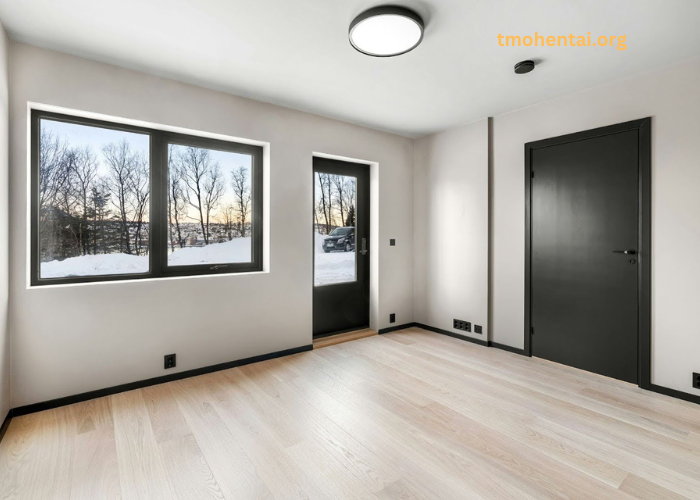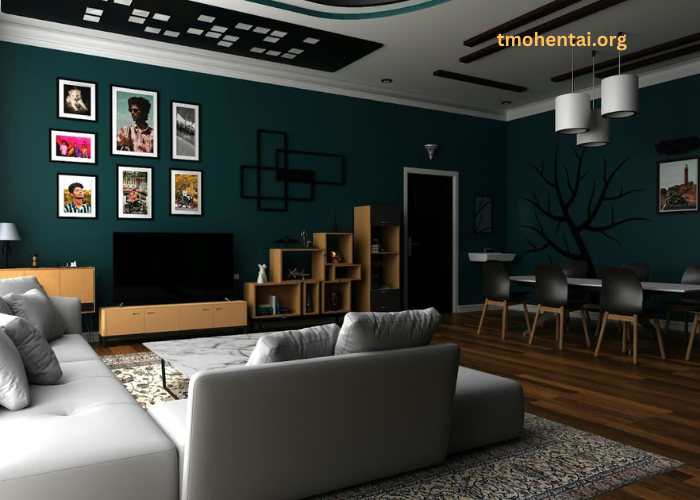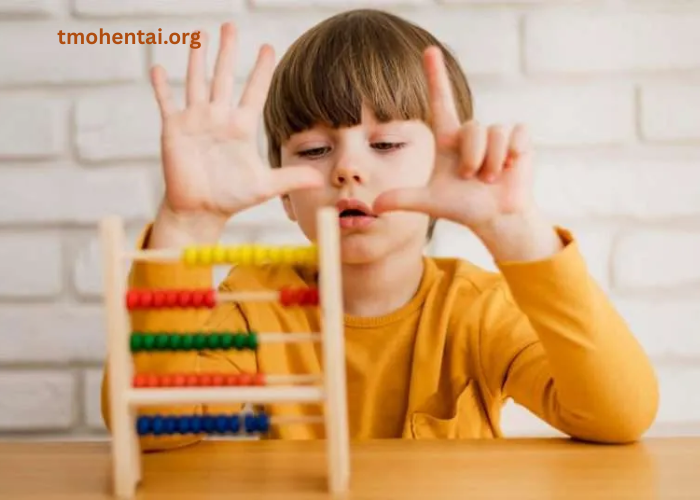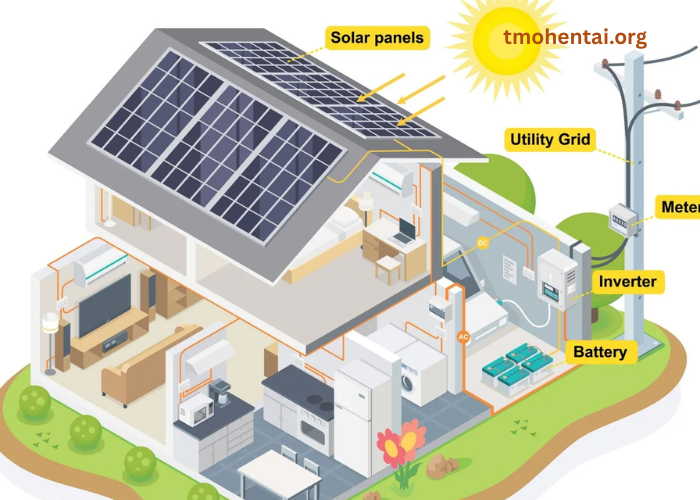Wondering how to design a custom home? This guide breaks down the essential steps to transform your vision into reality. We’ll cover understanding your needs, choosing styles, planning your budget, and working with professionals. Let’s get started on designing your dream home.
Initial Steps in Designing Your Custom Home
The first steps in designing your custom home involve understanding your needs, selecting architectural styles, and planning your budget. Working with a qualified custom home builder and design team ensures a professional and smooth process for your new home.
Discuss your lifestyle and vision with your builder to align your expectations and design possibilities for the project and your dreams. This initial phase sets the foundation for the entire home build, so it’s important to get it right.
Understanding Your Needs and Lifestyle
Your daily routine and lifestyle are key to determining the ideal floor plan and features for your custom home. Consider the following:
- Your family’s daily activities
- The number of bedrooms required
- The number of bathrooms required
- The living spaces needed Locking down must-haves early in the design process increases the chances of achieving them in the final design.
Providing honest and detailed feedback on initial design drafts helps align the final design with your expectations. Your custom builder will help define must-haves and wish-list items, facilitating connections with architects and interior designers. This collaborative approach ensures that your home truly reflects your lifestyle and needs, as builders deliver a crucial role in the process.
Choosing Architectural Styles and Floor Plans
Choosing the right architectural style and floor plan is vital in the custom home design process. Consider the following steps:
- Discuss your vision and preferred styles with your design team.
- Consider elements that fit the neighborhood and your personal taste.
- Use online resources and print publications as sources of inspiration.
- Review multiple design concepts provided by your designer based on your brief.
- Choose the best fit for your custom built home.
During the initial review, your designer should provide proposed floor plans and elevations. This phase allows you to visualize your home and make necessary adjustments before moving forward. The right floor plan shape the flow and functionality of your home, so getting this step right is important.
Budget Planning and Cost Considerations
Discussing your budget with the builder early aligns your expectations with design possibilities and helps prevent unexpected expenses during construction. Many design decisions should be made during the architectural design phase, before you decide to spend to start construction.
Finalizing the documentation for your custom home early is important, as changes later can be difficult and expensive. Typically, a deposit payment is required before the real work on your custom home begins. Keeping budget concerns in check and making informed decisions will ensure a smooth and cost-effective building process.
Site Analysis and Preparation
Site analysis is a key step as it determines land characteristics that affect home design. Conducting a thorough site analysis reveals potential obstacles and distinctive features of the property, considering geographical, legal, and climatic aspects. When you visit the site, these factors become even more apparent, ensuring everyone is on the same page.
This analysis helps identify limitations and unique features that will influence the overall home design ideas details.
Site Survey and Soil Testing
A site survey and soil quality testing are necessary for site analysis in custom home design. These tests confirm the land’s suitability for building and assess the ground’s stability.
A comprehensive site survey and soil analysis ensure appropriate foundational support for buildings, laying the groundwork for a successful construction process.
Local Zoning and Regulations
Understanding local zoning laws determines permissible building types and heights on a property. These laws dictate permissible land uses, significantly influencing home design and construction processes.
Additionally, complying with homeowner association guidelines is necessary for choosing the right materials for your home’s exterior.
Designing Key Areas of Your Custom Home

Designing a custom home should focus on the most utilized areas for family and visitors. Key designs areas significantly affect the home’s appearance, feel, and functionality. Incorporating elements of design like space, color, and texture ensures visually appealing interiors in your dream home.
Strategic use of lighting enhances the mood and ambiance, making spaces feel more inviting.
Living Room Design
Incorporating the following features in the living room can enhance its ambiance and design:
- High ceilings, which create an airy ambiance and enhance natural light.
- Recessed TV mounts, providing a sleek appearance by allowing the TV to sit flush with the wall.
- Fireplaces, adding both warmth and a focal point, whether designed in a modern or traditional style.
Layering different light sources, such as ambient, task, and accent lighting, creates a versatile and inviting atmosphere. This thoughtful approach to lighting ensures that the living room is not only functional but also a cozy and stylish space for family gatherings and relaxation.
Kitchen Design
High-end appliances enhance kitchen functionality and appeal. Choosing high-quality materials for countertops, like granite or quartz, combines durability with aesthetics. Integrated appliances contribute to a cleaner look by blending seamlessly into kitchen cabinetry.
Effective kitchen lighting can include ambient options such as under-cabinet and countertop lights. A walk-in pantry provides ample storage and organization space for kitchen essentials. These features create a kitchen that is not only beautiful but also highly functional and efficient.
Bathroom Design
Heated floors in bathrooms provide comfort and a touch of luxury, especially in colder climates. Steam showers offer a spa-like experience, enhancing relaxation during bathing. Incorporating a freestanding tub can become a luxurious centerpiece in any bathroom space.
Installing a private water closet can improve bathroom privacy and functionality. Features like multi-head showers contribute to a luxurious bathroom atmosphere. These elements significantly enhance the comfort and appeal of the bathroom.
Bedroom Design
Ways to enhance the visual appeal and functionality of a bedroom include:
- Bespoke lighting, which can significantly enhance both visual appeal and functionality.
- Creating feature walls with unique materials or artwork to enhance visual appeal.
- Using automated window coverings to offer convenience and improve light control.
Walk-in wardrobes provide not only storage but also ventilation for clothing, enhancing the bedroom’s functionality. For guest rooms or multipurpose bedrooms, incorporating space-saving furniture like sofa beds Sydney Australia offers both comfort and versatility.
These sofa beds serve dual purposes—providing a cozy seating area by day and transforming into a guest bed when needed, especially useful in urban homes with limited space.
Additional Rooms and Spaces
Incorporating additional rooms like home offices and mudrooms enhances functionality and addresses diverse family’s needs. Designing these spaces ensures that your custom home meets the varied needs of all family members.
These extra rooms provide practical solutions for storage space, organization, and specialized activities.
Home Office and Mudroom
A well-designed mudroom with built-in storage and benches streamlines organization and keeps living areas tidy. Incorporating built-in storage in mudrooms helps maintain organization and provides easy access to essentials.
A dedicated home office increases productivity by creating a focused work environment. Proper organization and access to supplies are crucial for maintaining a productive workflow in a home office.
Media Room and Basement
A media room should prioritize soundproofing to create an immersive entertainment experience. Seating arrangements and sound insulation are essential for providing an immersive viewing experience.
A versatile basement can be transformed into multiple areas, such as:
- a guest suite
- a gym
- a playroom maximizing its utility. These adaptable spaces can cater to various needs, making them a valuable addition to any custom home.
Outdoor Space and Landscaping
Incorporating outdoor elements like patios or decks can drastically enhance the utility and aesthetics of your outdoor living area. Planning outdoor space use and landscaping effectively leads to an inviting and functional environment that enhances your custom home.
Garden and Yard Design
The right perennial plants create a low-maintenance garden that blooms every year, adding vibrant color to your yard. Using native and drought-resistant plants can significantly reduce maintenance efforts while promoting a sustainable garden environment.
Incorporating native and drought-tolerant plants can significantly reduce water needs and maintenance in garden design. Utilizing efficient irrigation systems, such as drip irrigation, helps in conserving water while ensuring healthy plant growth.
Designing hardscaped areas like stone pathways and built-in seating enhances outdoor entertainment spaces while requiring less effort to maintain.
Outdoor Entertainment Areas
Installing features like outdoor kitchens can transform your backyard into a versatile space, perfect for social gatherings and family events. Outdoor kitchens and features such as fire pits can create inviting spaces for entertaining guests in a custom home environment.
Creating distinct zones within an outdoor entertainment dining space can help facilitate various activities, from cooking to lounging. Built-in seating and fire pits enhance functionality and create ideal spaces for hosting gatherings.
Interior Design and Décor
Interior design should blend aesthetics with functionality to create appealing living spaces that reflect the reality of individual style and enhance comfort.
Furniture Selection
Custom furniture should be tailored to fit the specific layout of each room, ensuring functionality and comfort. Bespoke systems and well-proportioned pieces are key considerations when choosing customized furniture for a custom home.
Selecting custom furniture involves several important considerations:
- Careful consideration of scale to ensure pieces fit harmoniously within the space.
- Choosing the right upholstery and materials to significantly impact the overall look and feel of a room.
- Incorporating multi-functional furniture to optimize space and enhance usability in smaller areas.
Lighting and Décor
IIncorporating art and plants as décor elements adds personality and life to interior spaces. Likewise, choosing the right rugs for sale can dramatically elevate a room’s visual appeal while adding warmth and comfort underfoot.
Rugs also help define spaces in open-plan layouts and provide acoustic benefits by absorbing noise. Strategic use of mirrors can amplify natural light, making spaces feel larger and more open.
Integrating Technology and Smart Features
Technology integration enhances convenience and efficiency in your custom home. Incorporate:
- Integrated speakers
- Wireless security cameras
- Smart home systems
- Video doorbells for advanced home convenience.
Smart home systems automate tasks and provide greater control over home environments.
Smart Home Systems
Smart home systems allow various devices to communicate and be controlled remotely, creating a cohesive and automated living environment. AI-driven assistants such as Alexa and Google Assistant are central to modern home management. Wireless security cameras can be accessed remotely, providing real-time surveillance and alerts.
These systems offer homeowners greater security and complete peace of mind for their house, saving them money and a sense of security. The work is completed efficiently.
Energy-Efficient Solutions
Energy-efficient appliances reduce energy usage while providing the same level of performance as traditional ones. Smart thermostats can automatically adjust settings based on your schedule and preferences, optimizing energy usage. Utilizing these energy-efficient appliances and systems leads to cost savings and contributes positively to the environment.
Energy-efficient solutions in your home design reduce energy costs and minimize environmental impact. With expert guidance and expertise, you can incorporate the latest technology to create a sustainable and comfortable living space.
Summary
Designing a custom home is a detailed and rewarding process that involves understanding your needs, planning your budget, and working closely with a qualified design team. From the initial steps to the final touches, every aspect of the design process contributes to creating a home that is uniquely yours. By focusing on key areas like the living room, kitchen, bathroom, and bedroom, and incorporating additional rooms and outdoor spaces, you can create a functional and aesthetically pleasing environment.
Integrating technology and energy-efficient solutions further enhances the convenience and sustainability of your custom home. Remember, the journey to your dream home is an exciting adventure that requires careful planning and collaboration. With the right guidance and attention to detail, you can create a home that perfectly reflects your lifestyle and aspirations.
Frequently Asked Questions
Why is it important to choose a qualified custom home builder?
Choosing a qualified custom home builder is crucial because their expertise directly impacts both the design and execution of your dream home, leading to a smoother and more successful project overall. This choice ensures that your vision is realized with professionalism and attention to detail.
What should I consider when choosing architectural styles and floor plans?
When choosing architectural styles and floor plans, consider your vision, the preferred styles that resonate with you, and how well they blend with your neighborhood. Working closely with your design team will help ensure you find the perfect fit for your custom home.
How can I manage my budget effectively during the home design process?
To manage your budget effectively during the home design process, start by discussing your budget early and understanding all material costs. Making design decisions during the architectural phase can help you avoid unexpected expenses later on.
What is the importance of site survey and soil testing?
A thorough site survey and soil testing are crucial because they determine if the land is suitable for construction and assess the ground’s stability for a strong foundation. This ensures your custom home is safe and secure.
How can I integrate smart home systems into my custom home?
To integrate smart home systems into your custom home, focus on using AI-driven assistants and wireless devices for seamless control and automation. This will create a cohesive living environment that enhances comfort and security.





